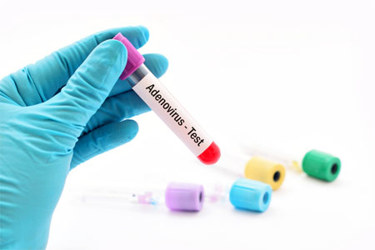AAV Vectors In Gene Therapy Clinical Trials

Adeno-associated virus (AAV) vectors have become a leading delivery platform in gene therapy due to their improved safety profile and tissue specificity. Since the FDA’s 2017 approval of Luxturna, AAV has been widely adopted for gene replacement therapies, offering reduced pathogenicity and integration risks compared to lentiviral or adenoviral vectors. However, a key challenge is overcoming pre-existing and therapy-induced immune responses—particularly humoral and cellular immunity—which can significantly affect gene expression and treatment efficacy.
Immune reactions may involve neutralizing antibodies or cytotoxic T cells triggered by MHC presentation, leading to clearance of transduced cells. Historically, enzyme-linked immunosorbent assays (ELISA) were used to detect such immunity. However, the enzyme-linked immunospot (ELISpot) assay has emerged as a more sensitive method for identifying low-frequency antigen-specific T or B cell responses in gene therapy trials.
The ELISpot assay involves incubating patient PBMCs with peptides derived from viral vectors or transgenes, measuring cytokine release to identify activated T cells. Proper validation is essential, including controls for assay precision, specificity, and donor response using well-characterized peptide pools like CEF, CEFT, or CEFSX. Challenges remain due to limited HLA diversity in peptide pools and difficulty sourcing donor controls for AAV-specific responses, although high AAV exposure rates provide a partial solution.
Clinical validation of ELISpot assays ensures reliable patient monitoring during trials, aiding in pre-screening and post-treatment evaluation. As AAV technologies evolve to reduce immunogenicity, robust immunoassays like ELISpot remain vital to advancing gene therapy efficacy and ensuring patient safety.
Get unlimited access to:
Enter your credentials below to log in. Not yet a member of Cell & Gene? Subscribe today.
